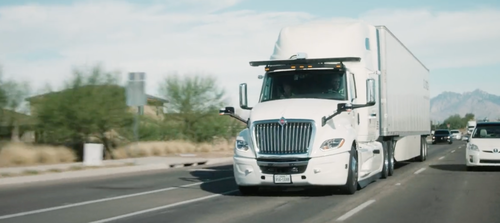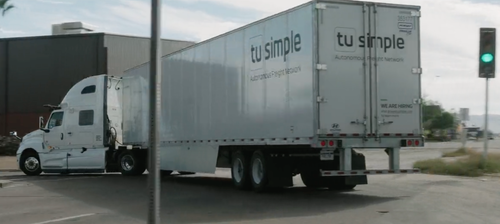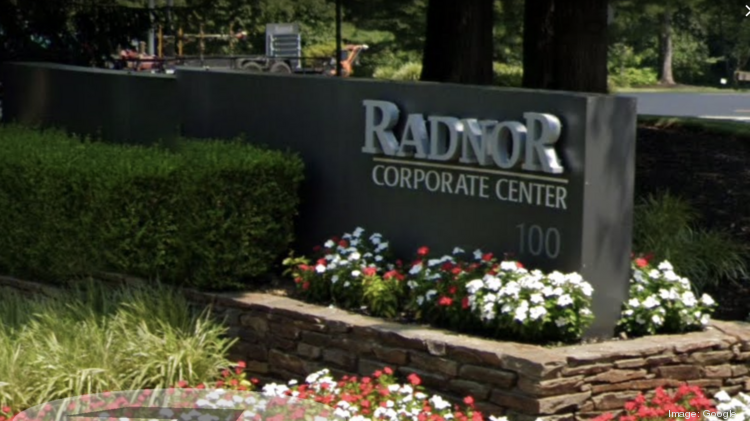Epoxy
January 4, 2022
BASF Raising Polyetheramines Prices
BASF to increase prices for select polyetheramines in North America
FLORHAM PARK, NJ, January 4, 2022 – Effective January 15, 2022 or as existing contracts permit, BASF will increase its prices in North America for select polyetheramines sold under the brand name Baxxodur®.
Product Price Increase
Polyetheramine D230 (Baxxodur® EC 301) $0.42/ lb.
Polyetheramine D2000 (Baxxodur® EC 303) $0.24/ lb.
Polyetheramine T403 (Baxxodur® EC 310) $0.21/ lb.
Isophorone diamine (Baxxodur® EC 201) $0.82/ lb.
4,7,10-Trioxatridecan-1,13-diamine (Baxxodur® EC 130) $0.92/ lb.
Under the brand name Baxxodur®, BASF markets a diversified portfolio of amine-based curing components for the professional and application-oriented processing of epoxy resins. BASF’s Baxxodur products are featured in many applications as highly efficient curing agents in various coating applications and sealing compounds, for the wind energy, electrical industry as well as in composites, adhesives and flooring.
January 4, 2022
BASF Raising Polyetheramines Prices
BASF to increase prices for select polyetheramines in North America
FLORHAM PARK, NJ, January 4, 2022 – Effective January 15, 2022 or as existing contracts permit, BASF will increase its prices in North America for select polyetheramines sold under the brand name Baxxodur®.
Product Price Increase
Polyetheramine D230 (Baxxodur® EC 301) $0.42/ lb.
Polyetheramine D2000 (Baxxodur® EC 303) $0.24/ lb.
Polyetheramine T403 (Baxxodur® EC 310) $0.21/ lb.
Isophorone diamine (Baxxodur® EC 201) $0.82/ lb.
4,7,10-Trioxatridecan-1,13-diamine (Baxxodur® EC 130) $0.92/ lb.
Under the brand name Baxxodur®, BASF markets a diversified portfolio of amine-based curing components for the professional and application-oriented processing of epoxy resins. BASF’s Baxxodur products are featured in many applications as highly efficient curing agents in various coating applications and sealing compounds, for the wind energy, electrical industry as well as in composites, adhesives and flooring.
December 29, 2021
Fully-Autonomous Truck
First-Ever Fully-Autonomous Semi-Truck With No-Human On Board Traverses Arizona Highway
by Tyler DurdenWednesday, Dec 29, 2021 – 03:05 PM
Hardly a day goes by without some truck drivers thinking their days are numbered as AI, machine learning, and robotics could soon take their jobs.
In an industry that moves over 70% of U.S. freight by weight and labor and fuel costs are becoming more expensive, transportation companies are itching to swap human drivers for robot ones.
The latest example that automated semi-trucks could be available for commercial use in the next few years was the recent test by San Diego-based TuSimple.

According to a TuSimple press release, the company tested a class 8 vehicle (otherwise known as a trailer tractor) on a public road without human intervention. The nighttime test was conducted on Dec. 22 on an 80 mile stretch of highway between Tucson, Arizona, and Phoenix.
TuSimple “successfully completed the world’s first fully autonomous semi-truck run on open public roads without a human in the vehicle and without human intervention,” the press release said.
The one-hour and 20-minute drive is the first time a class 8 autonomous truck has operated on open public roads without a human in the vehicle and without human intervention and is part of an ongoing test program that will continue into 2022.
The test was performed in close collaboration with the Arizona Department of Transportation and law enforcement. The autonomous driving test was 100% operated by TuSimple’s ADS without a human on-board, without remote human control of the vehicle, and without traffic intervention. – TuSimple
TuSimple’s Autonomous Driving System can navigate streets, read traffic signals, maneuver on and off highways, and even change lanes while interacting with other vehicles.

Over the years, we’ve shown readers there is no shortage of reports (read: here & here) suggesting that robots can potentially displace jobs. The signs we see today, focusing on transportation, are that automated trucks could be maneuvering roads and highways by the end of the decade, perhaps as early as 2027. With that being said, all those newly minted drivers who are taking advantage of snarled supply chains might want to come up with a backup plan once automation begins to displace drivers.
December 29, 2021
Fully-Autonomous Truck
First-Ever Fully-Autonomous Semi-Truck With No-Human On Board Traverses Arizona Highway
by Tyler DurdenWednesday, Dec 29, 2021 – 03:05 PM
Hardly a day goes by without some truck drivers thinking their days are numbered as AI, machine learning, and robotics could soon take their jobs.
In an industry that moves over 70% of U.S. freight by weight and labor and fuel costs are becoming more expensive, transportation companies are itching to swap human drivers for robot ones.
The latest example that automated semi-trucks could be available for commercial use in the next few years was the recent test by San Diego-based TuSimple.

According to a TuSimple press release, the company tested a class 8 vehicle (otherwise known as a trailer tractor) on a public road without human intervention. The nighttime test was conducted on Dec. 22 on an 80 mile stretch of highway between Tucson, Arizona, and Phoenix.
TuSimple “successfully completed the world’s first fully autonomous semi-truck run on open public roads without a human in the vehicle and without human intervention,” the press release said.
The one-hour and 20-minute drive is the first time a class 8 autonomous truck has operated on open public roads without a human in the vehicle and without human intervention and is part of an ongoing test program that will continue into 2022.
The test was performed in close collaboration with the Arizona Department of Transportation and law enforcement. The autonomous driving test was 100% operated by TuSimple’s ADS without a human on-board, without remote human control of the vehicle, and without traffic intervention. – TuSimple
TuSimple’s Autonomous Driving System can navigate streets, read traffic signals, maneuver on and off highways, and even change lanes while interacting with other vehicles.

Over the years, we’ve shown readers there is no shortage of reports (read: here & here) suggesting that robots can potentially displace jobs. The signs we see today, focusing on transportation, are that automated trucks could be maneuvering roads and highways by the end of the decade, perhaps as early as 2027. With that being said, all those newly minted drivers who are taking advantage of snarled supply chains might want to come up with a backup plan once automation begins to displace drivers.
December 22, 2021
Nouryon Moves to Radnor
Nouryon signs lease in Radnor for its North American headquarters

By Natalie Kostelni – Reporter, Philadelphia Business Journal 3 hours ago
Nouryon, a specialty chemicals company owned by Carlyle Group Inc., has signed a lease in Radnor for its North American headquarters.
The company leased 50,000 square feet over two floors at Five Radnor Center at 100 Matson Ford Road. It expanded from 12,000 square feet within the office complex and committed to designate the space as its headquarters. Its global headquarters is in the Netherlands. Brandywine Realty Trust is the landlord of the Radnor property.
Carlyle bought Nouryon in 2018 from Akzo Nobel N.V., which is based in Amsterdam, for the equivalent of roughly $11 billion. Earlier this year, Nouryon spun out Nobian, its base chemicals business, though the unit remains owned by Carlyle. In September, Nouryon filed a registration statement with the Securities and Exchange Commission for an initial public offering.
Charlie Shaver is chairman and CEO of Nouryon. Prior to taking on that role, Shaver headed up Axalta Coating Systems Ltd., a Dow Chemical Co. spinout that was bought by Carlyle and taken public. Axalta had its headquarters in Philadelphia until November 2020 but continues to maintains an R&D facility at the Philadelphia Navy Yard.
Shaver also served as an operating partner at Carlyle and worked at Dow Chemical from 1980 until 1996.